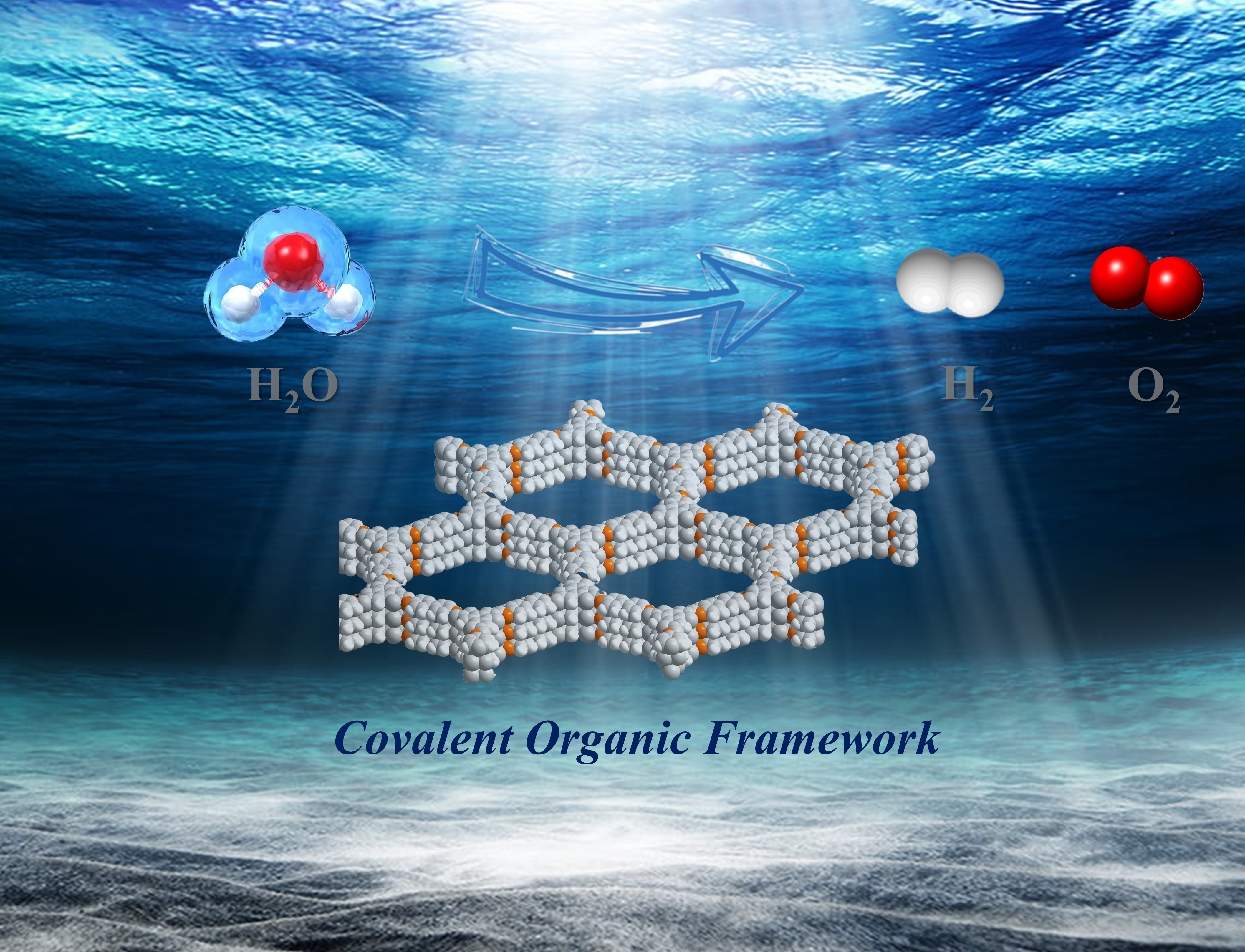
Nitrogen doping retrofits the coordination environment of copper single-atom catalysts for deep CO2 reduction
Yuxiang Zhang, Jia Zhao, Sen Lin*
Submit a Manuscript
Yuting Wu, Haifeng Lv*, Xiaojun Wu*
Chin. J. Struct. Chem., 2024, 43: 100375. DOI: 10.1016/j.cjsc.2024.100375
November 15, 2024
Covalent organic frameworks; Photocatalytic water splitting; The first-principles calculations; Molecular design; Machine learning
ABSTRACT
Utilizing sunlight to split water into H2 and O2 is a highly promising approach in renewable energy production approaches. Recently, significant efforts have been devoted to developing innovative photocatalysts for splitting water. Metal-free two-dimensional (2D) covalent organic frameworks (COFs) are emerging as ideal catalytic platforms for this purpose. However, the rational design of these materials requires appropriate band alignment and active sites capable of catalyzing both hydrogen and oxygen evolution reactions (OERs), which depends on the judicious selection of molecular precursors. To address these requirements, first-principles calculations have proven to be an efficient method for designing and screening potential photocatalysts. Here, we provide a concise overview of recent advancements in the development of 2D COFs photocatalysts for overall water splitting (OWS), examining it from a theoretical perspective. This includes outlining the design principles, exploring the data-driven discovery of potential candidates using a COFs database, and applying machine learning (ML) techniques to predict the electronic structure of COFs based on the molecular orbitals of their precursors. Furthermore, we discuss the accuracy of current computational methods and address future challenges and potential of 2D COFs in practical applications for OWS.






